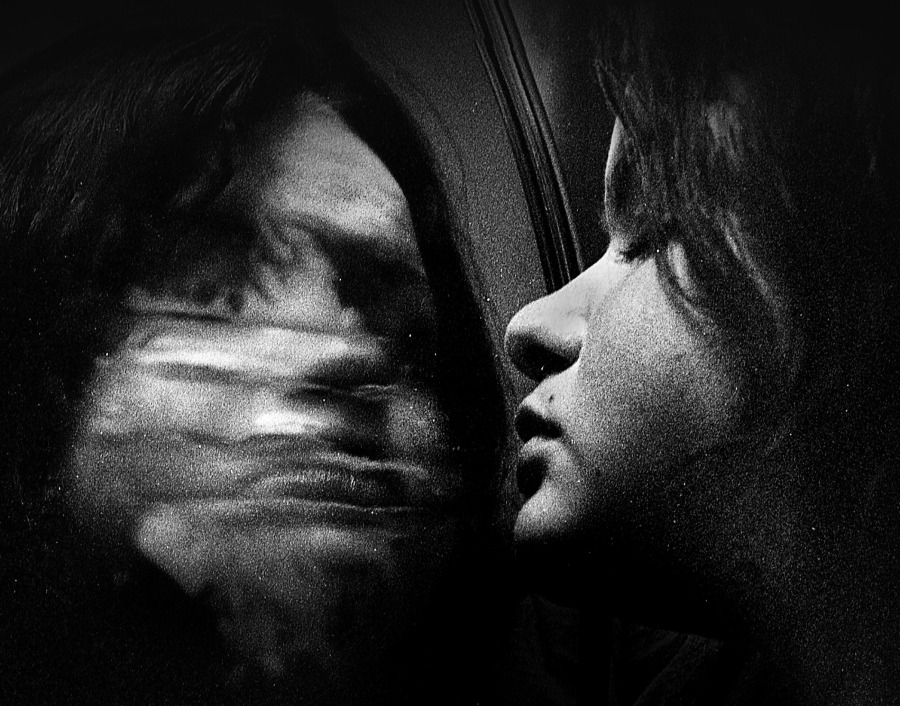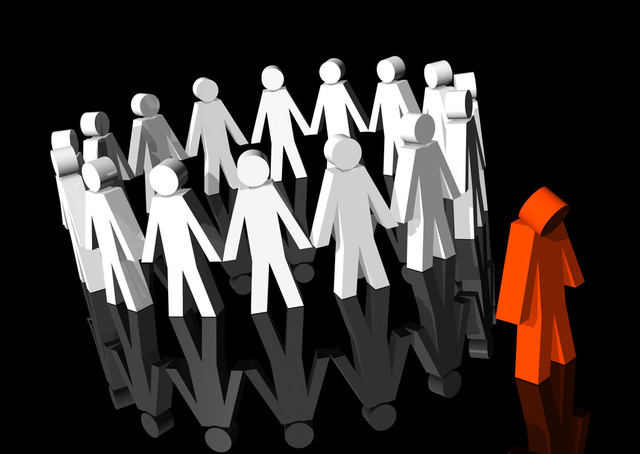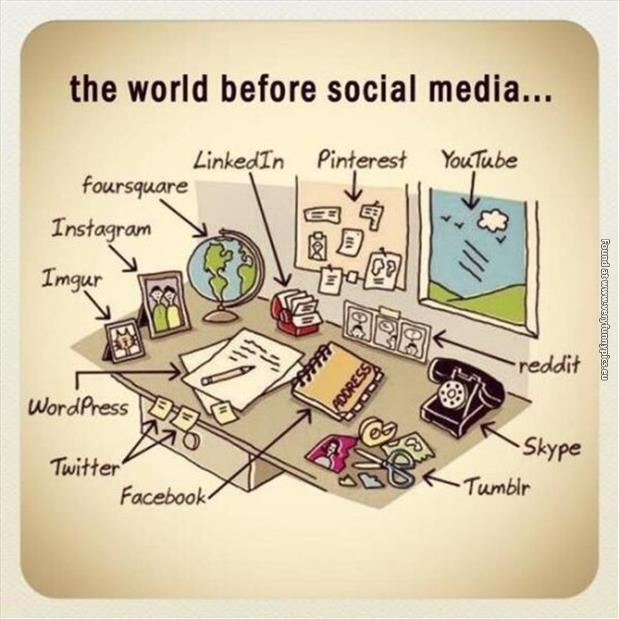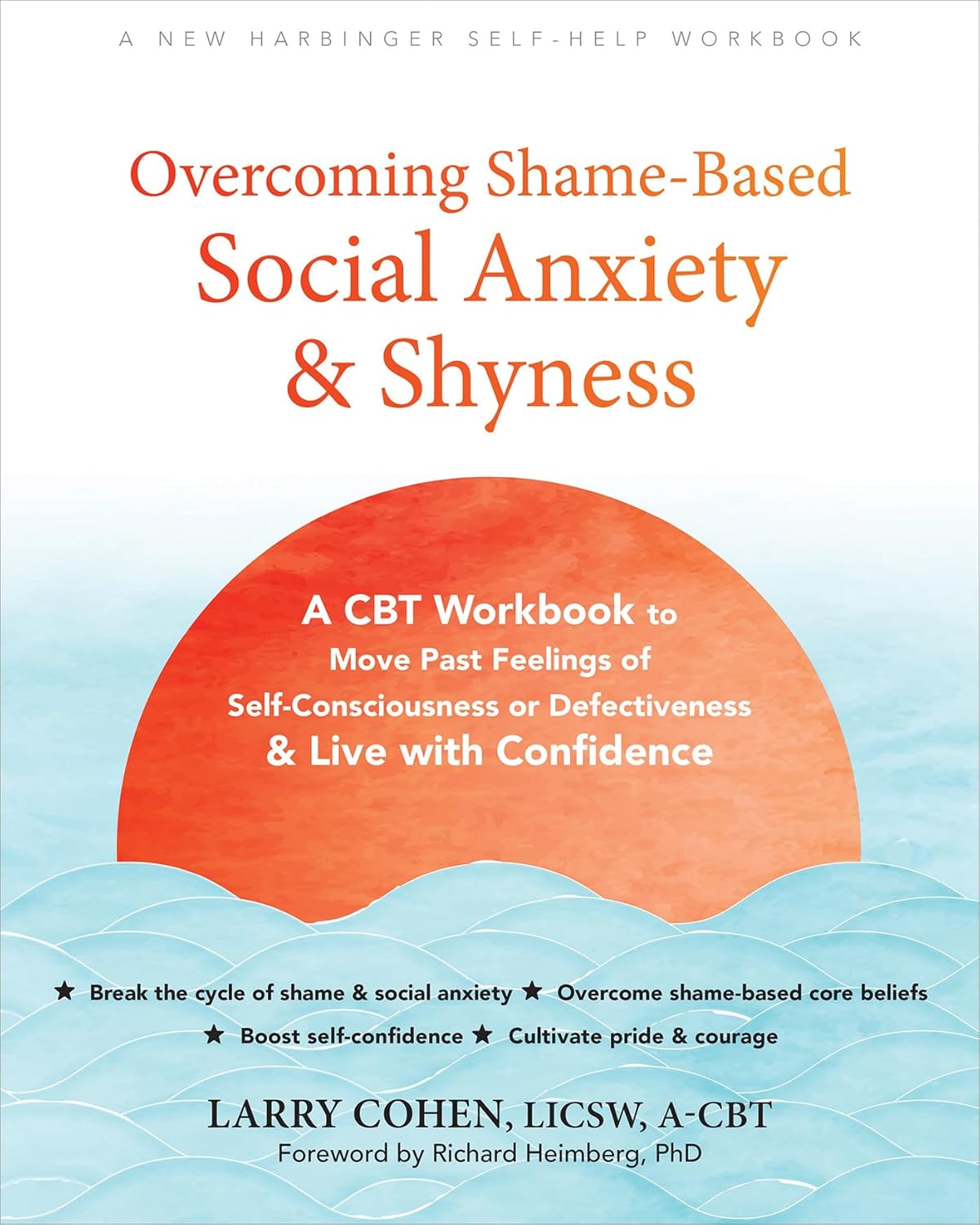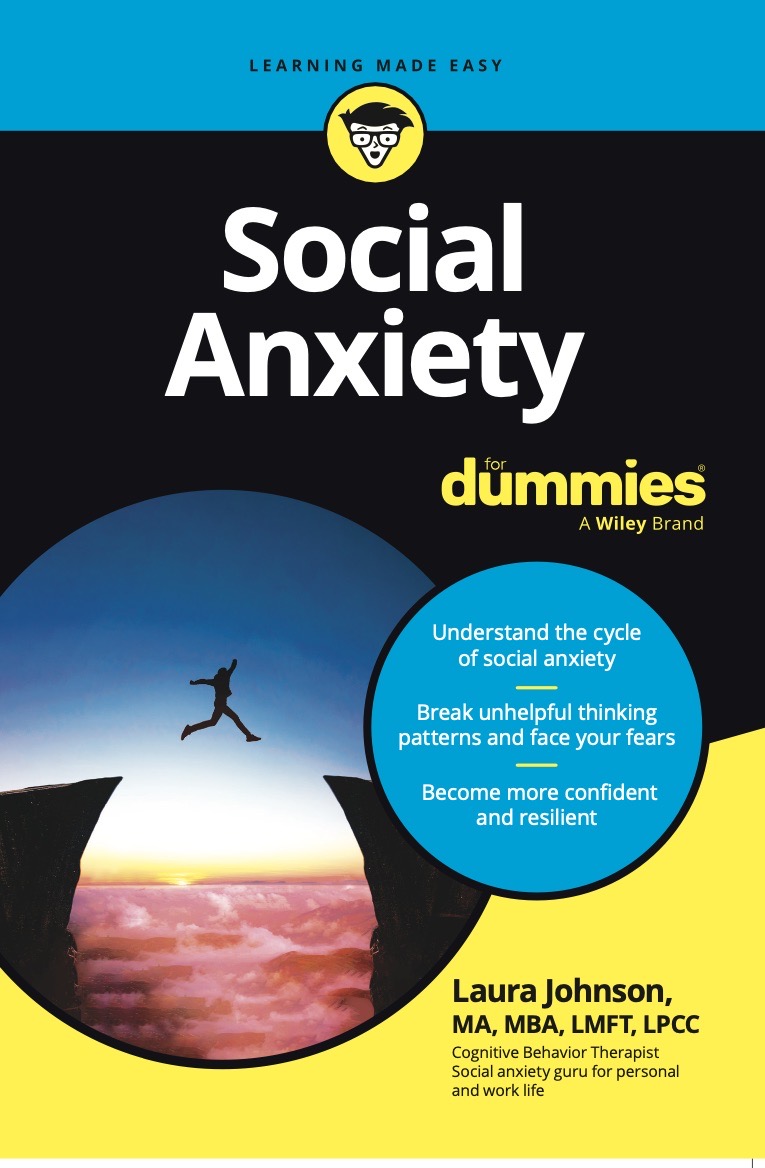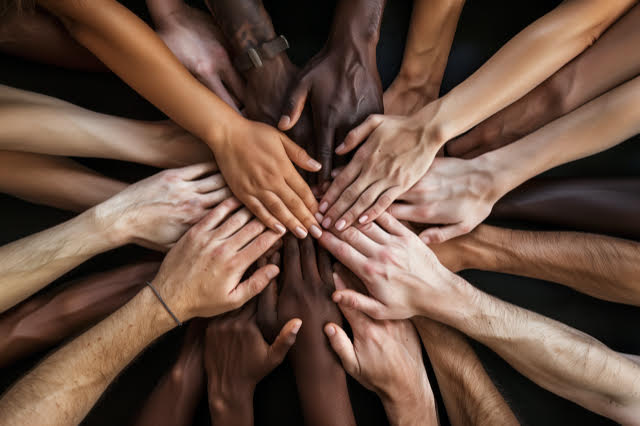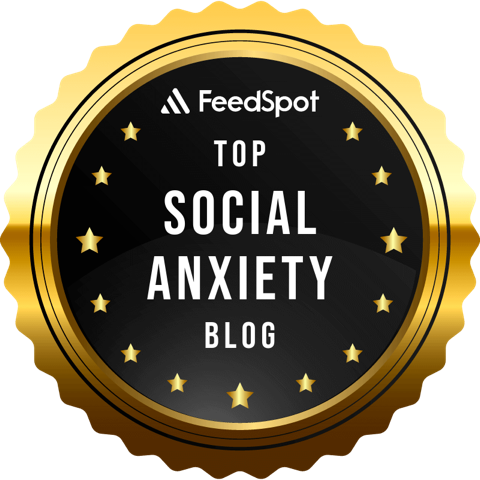What do you see when you look in the mirror? What thoughts pass through your mind? What emotions arise?
The mirror offers your reflection but the experience you have when looking in it reflects your body image (BI), or the personal relationship you have with your own body. Body image involves how you think and feel about your physical self and how you predict others view your appearance. It can involve any physical aspect including body structure, shape, height, and weight as well as specific body parts or features.
BI begins to form at a young age and is shaped by factors such as our interpersonal experiences, physical characteristics, and the socio-cultural context in which we live. Children internalize messages from parents and peers about their bodies and the value of appearance in general. Bullying and other experiences with discrimination and stigma around appearance are unfortunately all too common and can significantly impact BI.
Movies, TV shows, and advertisements convey expectations for how a body “should” (and “shouldn’t”) look and social media platforms further amplify these so-called physical ideals. A significant portion of the trillion-dollar beauty and wellness industry thrives on marketing products and programs that target our body insecurities. The overall messaging is that physical appearance, as measured against standards of beauty that are often unrealistic and unattainable, dictates a person’s worth and likability. BI is dynamic and can evolve over the course of your lifetime, just as the physical body changes.
Research has found that a negative body image is associated with eating disorders, body dysmorphic disorder, depression, risky health behaviors (e.g., problematic alcohol consumption, smoking), and social anxiety.
Body Image and Social Anxiety
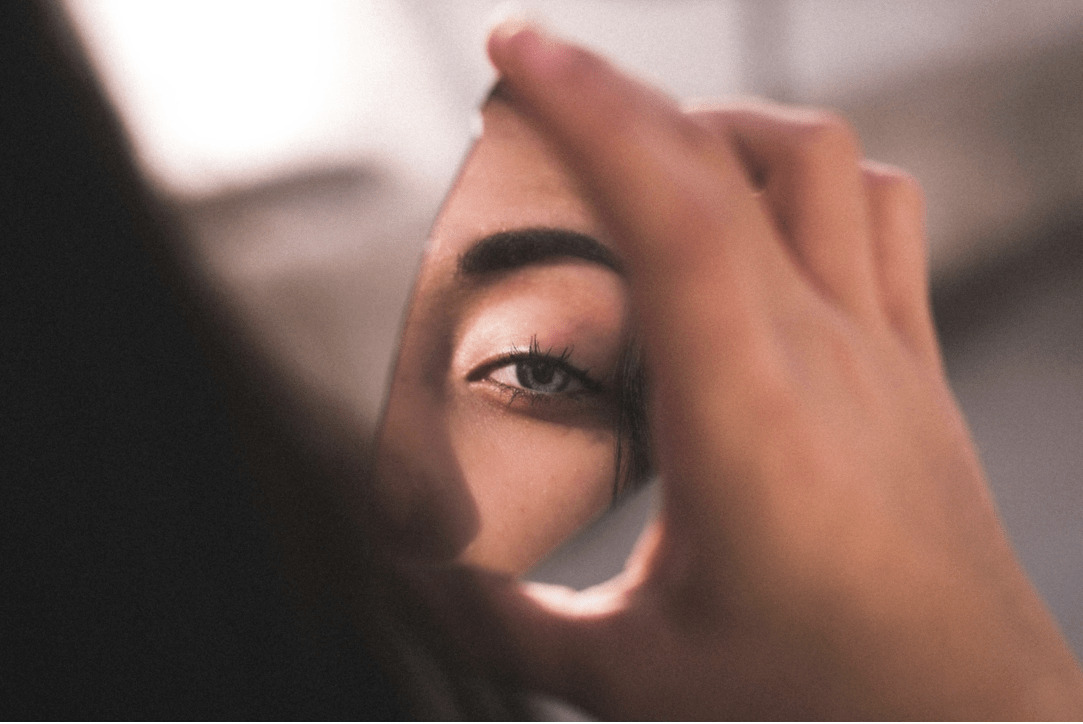
It’s not surprising that social anxiety disorder, characterized by fears of being judged unfavorably by others, often overlaps with harshly judging one’s own physical appearance. Indeed, studies have shown an association between poor body image and greater fear of negative evaluation and social anxiety. If you don’t like the way you look, it’s likely that you assume others don’t as well.
As human beings, we have a hard-wired negativity bias that leads us to focus on what we perceive as threatening. It’s natural for our minds to hone in on any physical “imperfections” and other appearance-related “threats” if social anxiety convinces us that we will be rejected by others due to our looks. These persuasive arguments influence our thoughts, and often manifest as predictions about how others will perceive us. These thoughts tend to over-estimate the likelihood and cost of negative perceptions by others and discount any information that refutes our beliefs. In some cases, they can act as “rules” that dictate our behavior. Some typical thoughts may include:
- If I look attractive, then people will like me.
- If I don’t look perfect, then others will reject me.
- If people see the real me, then they will be repulsed.
- If I can see the problem, then everyone else must be noticing it too.
Problematic patterns of thinking such as mind reading, all-or-nothing thinking, and magnification/minimization are also common. Sometimes we fall into the trap of the belief that when we finally look how we want to look, people will like us better. Our minds tell us that we’ll wait to socialize until after we lose those few pounds, get clearer skin, buy more attractive clothing, etc. These thoughts probably hold you back from the living the life you want to live.
Avoidance
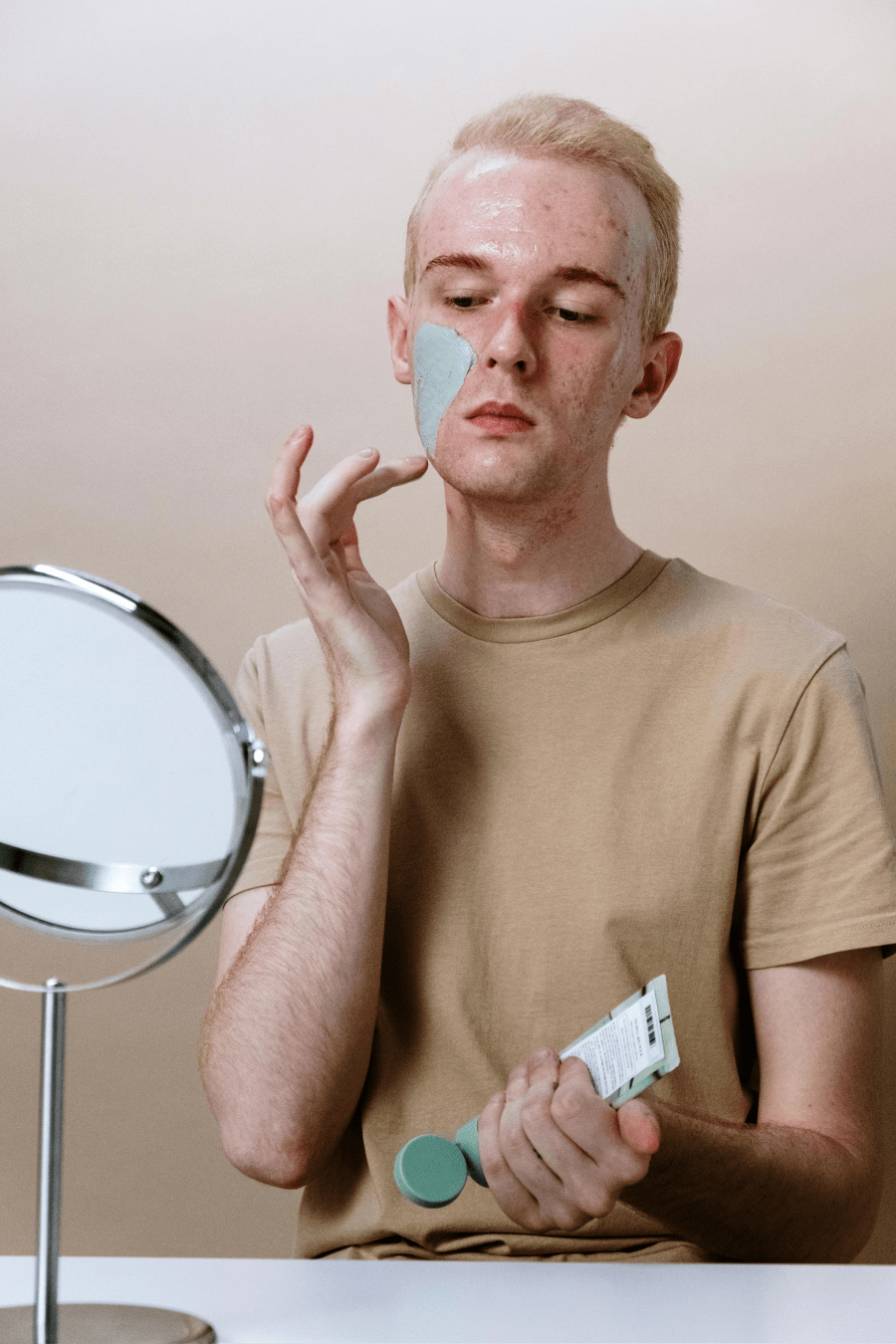
Avoidance behaviors play a key role in social anxiety. In the short-term, avoidance makes sense. We can experience a reduction in anxiety. In the long term, however, avoidance maintains social anxiety and poor body image, sometimes even worsening them. Without confronting situations and your anxious predictions, you don’t have the opportunity to learn that they might not contain the truth.
Consider whether being dissatisfied with your own body has ever led you to change your social behaviors. Perhaps you have avoided dates or parties, photographs, exercise classes, or physical intimacy. Even if you enter into these situations, it can be difficult to be fully present when your mind is worrying that others see you as too X (eg. ugly, fat, unattractive, feminine, short, tall, skinny, etc.) You may attempt to mitigate your BI distress by wearing certain clothing to hide perceived flaws, applying layers of strategic makeup, or assuming a certain posture to appear taller or shorter all due to the concern that others would otherwise judge you harshly for your appearance. Even with such steps, the mind usually continues to churn out predictions that others are still judging you.
Concerns about our appearance and unhelpful predictions that we will be judged by others can impact our behavior as well as produce difficult emotions such as shame, envy, jealousy, disgust, depression, and anger in a vicious cycle.
An Example of the Vicious Cycle
Juan is going on a date with someone new. Though he’s excited to meet her, he’s also consumed by anxiety about his thinning hair. Juan’s mind predicts, “she’s going to think I’m ugly because I’m losing my hair. She probably won’t want to see me after this date.” This floods him with anxiety and he experiences a tempting urge to cancel the date. Instead, he spends hours getting ready, looking in the mirror and combing his hair in different ways, then finally opts to wear a hat to conceal his head.
During the date he gets distracted by thoughts that she is judging him and occasionally loses the thread of the conversation. When he returns from the bathroom, he glimpses her on her phone smiling. His mind concludes, “she’s telling her friends about her balding date and laughing at me”. He becomes quiet and withdrawn and ultimately decides to end the night early. The relief he feels upon leaving is short-lived and he starts to grow depressed when he returns home alone. He feels frustrated at himself and his appearance and vows to wait until he starts his hair growth treatments before going on another date.
In the above example, Juan enters a social situation that is especially triggering because it involves a first impression. His thoughts over-estimate the likelihood and cost of being judged for thinning hair. Part of him wants to avoid a situation that his mind promises will involve rejection based on his hair loss. This would alleviate feelings of anxiety in the moment. He perseveres though engages in safety behaviors to mitigate his distress.
Throughout the date his thoughts continually grab his attention and he comes across as unfocused and disinterested. His mind hyper-focuses on an ambiguous cue, his date’s smile, and automatically interprets it as evidence to support his fears. Assuming he has already been rejected, his behavior shifts and he gives into the urge to avoid by ending the date. There is a short-term payoff of anxiety reduction but that quickly fades and other distressing emotions emerge. He concludes that avoidance is the best path forward, thereby strengthening his conviction that he is undatable and unattractive because he is losing his hair.
Strategies
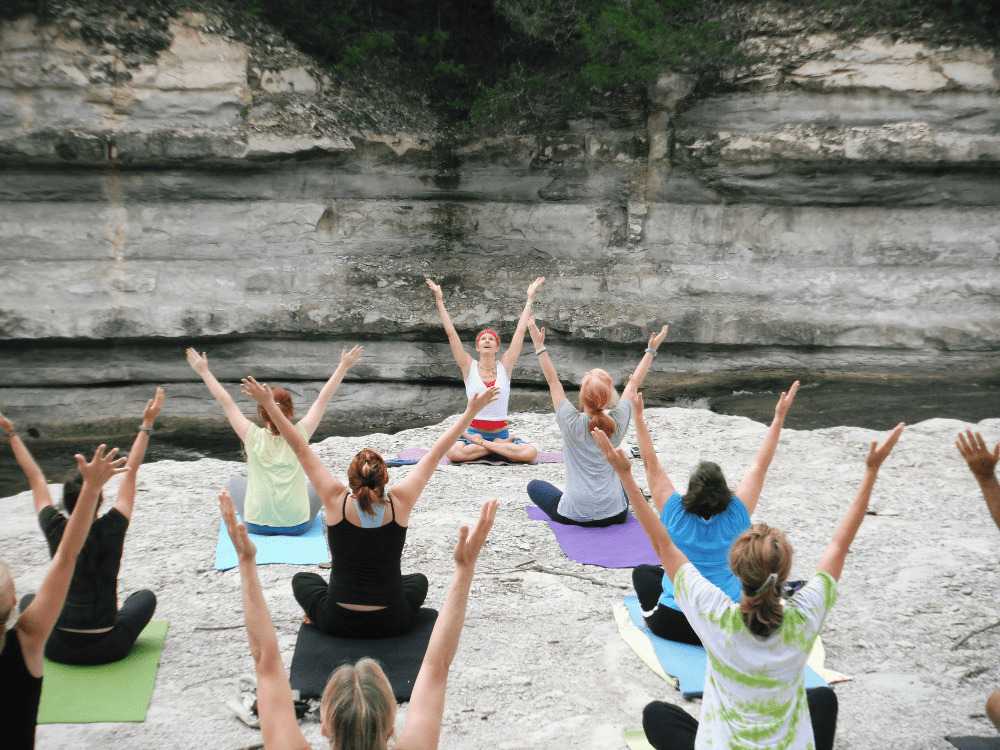
Our thoughts exert a great deal of influence over how we feel and behave. One of the best first steps in targeting body image and social anxiety involves identifying common thoughts about our bodies and social evaluation. Choose a thought and reflect on whether it’s helpful in moving you toward the life you want to live and the person you want to be. If the thought is not of use to you, gently challenge it by examining the evidence for and against. Consider whether social anxiety is discounting other relevant information and over-estimating a worst-case scenario and your inability to cope. It may even help to reflect on your reactions to how others look. For example, have you ever stopped liking someone because they received an unflattering haircut or gained weight? Are there people you respect and love for reasons that are unrelated to appearance?
Restructure any of these thoughts so that they are more flexible, realistic, and helpful. Learn more about how to use cognitive restructuring here.
Cultivating self-compassion is a powerful way to counteract the distress generated by social anxiety and negative body image. If you become preoccupied by perceived physical shortcomings and overwhelmed by anxiety, pause and consider how you might support a friend going through similar struggles. Practicing treating and speaking to yourself with compassion and without judgment sends a clear message that you are worthy of kindness regardless of appearance. Visit this website to learn more about how to practice self-compassion.
Learning to accept, appreciate, and respect your physical body are features of positive embodiment and lessen the sense of being an observer of your body, valued primarily on physical appearance. To expand your self-worth beyond the physical, reflect on the aspects and qualities of yourself that represent who you truly are. This might be a talent, special skill, or personality trait that you value.
Although we can’t change our cultural context, we can take steps to control our exposure to certain toxic messages about appearance. Be mindful of images you see on social media or in TV and movies and how you feel about yourself when you look at them. Consider avoiding or deleting social media apps or unfollow accounts that make you feel distressed about how you look. Seek out supportive communities that are inclusive and encourage body acceptance.
The suggestions above offer a brief overview of CBT (cognitive-behavioral therapy)-based techniques that can help you get break free of this vicious cycle. To find a qualified therapist well-versed in CBT to address your social anxiety concerns, visit NSAC’s directory here.

